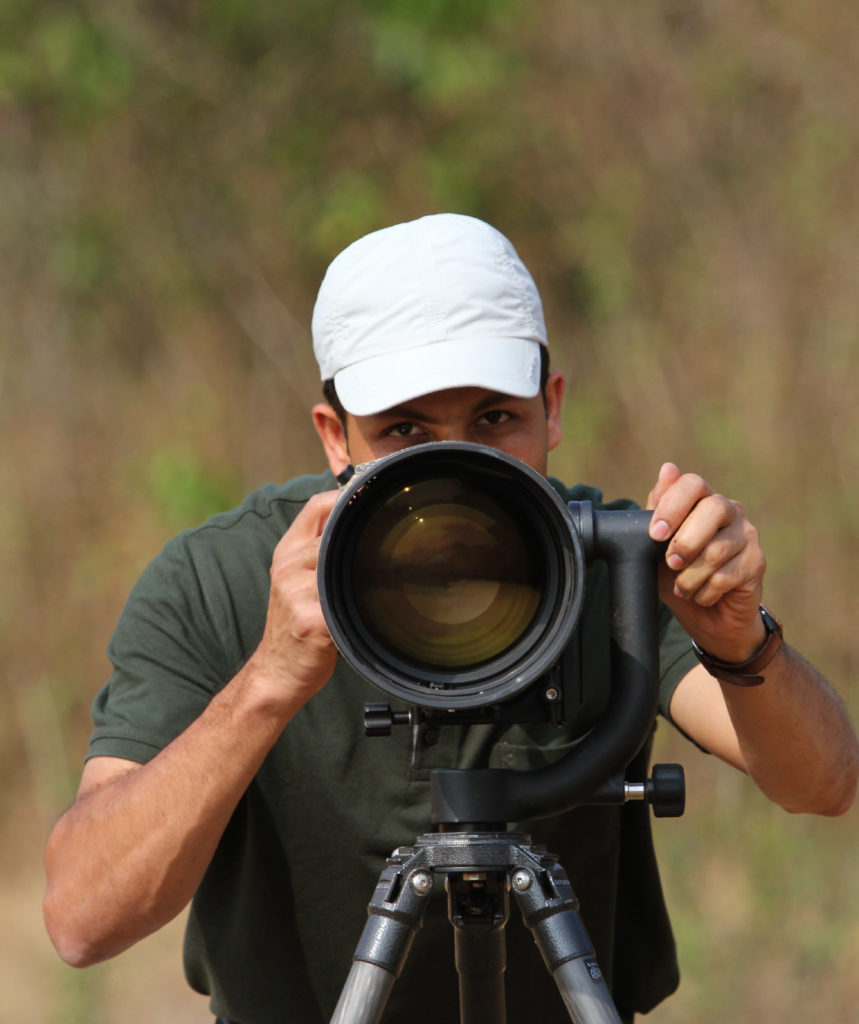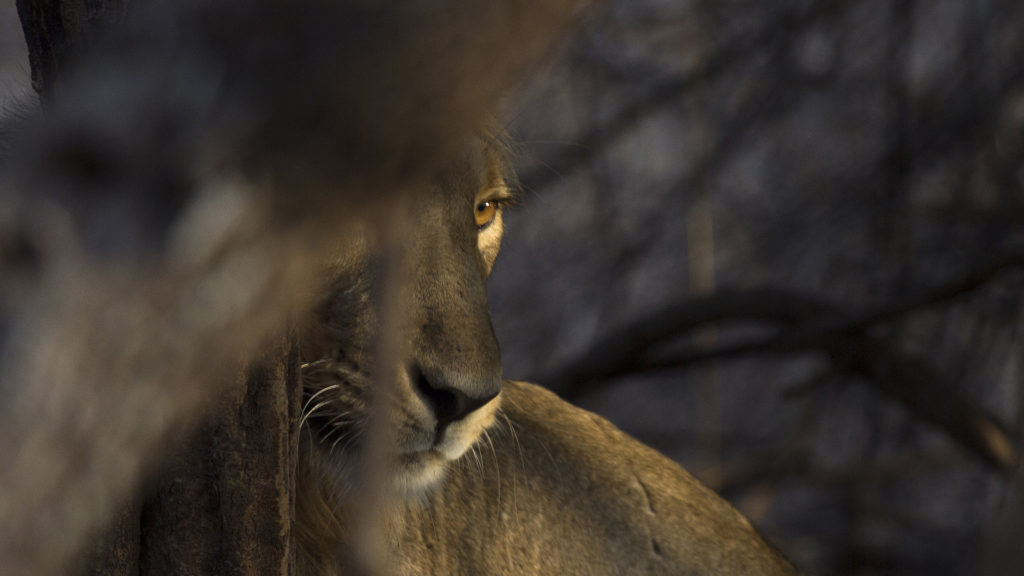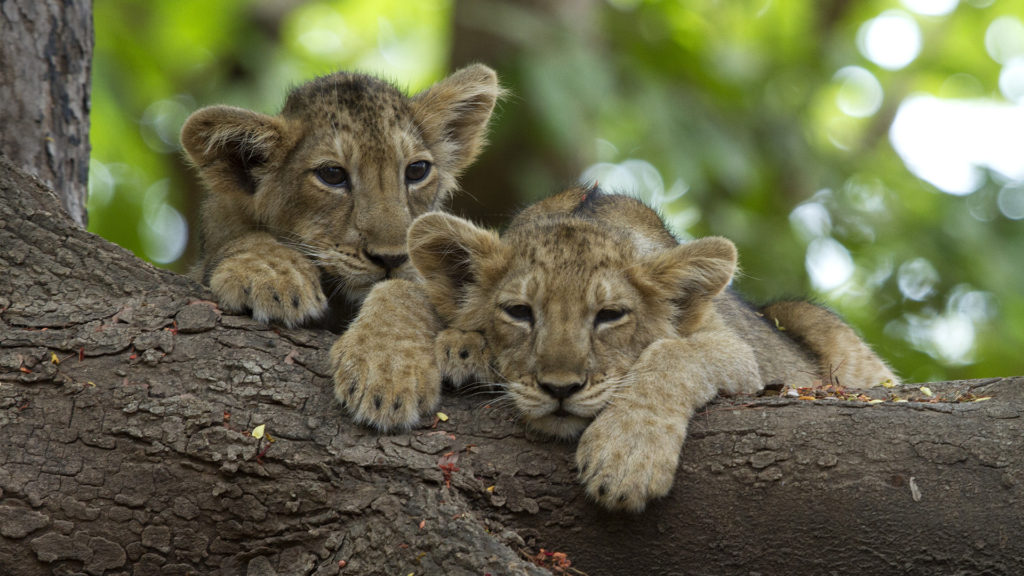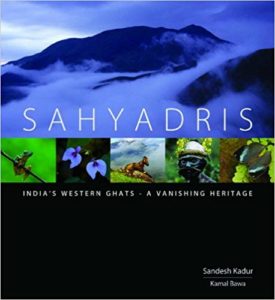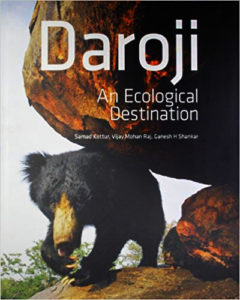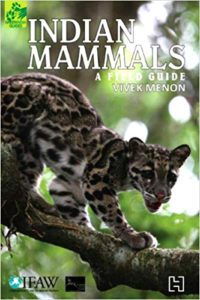PHOTOGRAPHY
Years of tracking and observing wildlife has resulted in a very acute sense of understanding animal behaviour, which then results in better photographs. Mandanna is clear that the key to being a good wildlife photographer is to first observe and understand wildlife. Identification of species through tracks, sounds and smells plays a key role in spotting and then photographing the animal. It is also important to understand the entire ecosystem and allow the environment to tell you its story.
By spending hours in solitude with wildlife, he can capture sequences of events, and thus is also best positioned to tell stories through his photographs. His images have international acclaim, and have been published in journals and won awards.
CAMERA TRAPPING
Camera trapping is a specialised technique which requires an expert understanding of animal movement and behaviour. One needs to understand the landscape well, and identify key locations for animal movements. A camera with a motion sensor is placed strategically in the animal habitat, which then detects motions and captures images whenever a movement is detected. The camera is left to capture its own images, and becomes a part of the ecosystem where the animal exhibits its most natural behaviour.
The quality of the frame and positioning of the animal in the frame, is left to the animal and cannot be controlled by the photographer. It is only on viewing the images later, that one can see the results.
Camera trapping is an important method to record species, identify individual animals, record movement and migration as well as establish conservation practices.
PHOTOGRAPHY CONTRIBUTIONS IN BOOKS
- Sahyadris India’s Western Ghats ISBN 978-0977021109
- A field guide to Indian Mammals ISBN 978-9350097601
- Daroji: An Ecological Destination ISBN 978-9350872697 3


